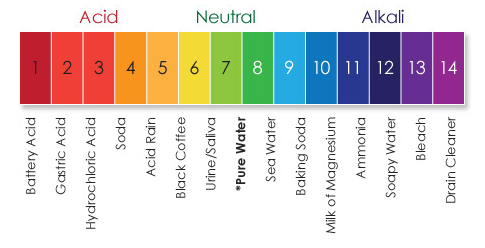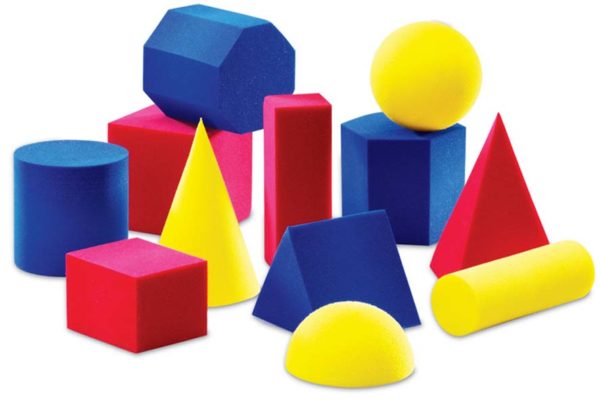pH is a hard concept for younger children to learn. Add a little excitement to the subject of acids and bases by using a natural pH indicator. First, the science . . . an indicator is a chemical that “indicates” or shows the presence of a substance, usually by a color change. There are many pH indicators, each working for a different range on the pH scale. A wide-range indicator detects substances on the entire pH spectrum.
A safe and easy pH indicator for kids to work with is cabbage juice. When added to different household substances, it turns a wide range of colors, which children love! Here’s how to prepare the indicator: Pinch up the very red (purple) leaves of a red leaf cabbage. Put in water and boil until the reddish purple color comes out into the water. You can do this on the stove, but the microwave works well, also. A few hints . . . use a high cabbage to water ratio as you want the color as concentrated as possible. And, use soft water. If your water is naturally soft, tap water will work fine. But, if you live in an area with hard water, it’s worth the cost to buy some distilled water for this activity. Cool the cabbage juice before using. It will store for several weeks in the refrigerator.
Next, have your child collect different household liquids they want to test for pH. You can find a list of the pH of some common liquids here. You can also just search “pH of ???” on the internet to find the pH of just about anything. Testing liquids from a wide range on the pH scale will give the most colorful results.
Once you have all your test liquids, add about a tablespoon of each to a test tube. (If you don’t have test tubes at home, the cups of a white egg carton work great!) Then, add a teaspoon or so of the cabbage juice indicator to each test liquid. The amount isn’t critical. Just add enough cabbage juice to get a good color change.
For older children, make a list of the test solutions and their actual pH collected from the internet. Have your child create a color scale that can be used to determine the pH of an unknown substance. For example, here’s a pH scale for another commercial indicator:
Once your child has made a pH chart for cabbage juice indicator, provide him/her with several “unknowns” to test the accuracy of their chart.




